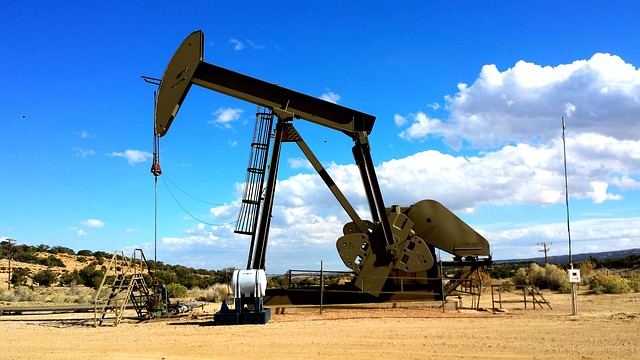
Top oil exporter Saudi Arabia is expected to hike its prices for all crude grades it sells to Asia in November after an attack on its oil facilities led to a spike in Middle East benchmarks last month, industry sources said.
The official selling price (OSP) for flagship Arab Light crude in November is expected to rise by at least 50 cents a barrel from the previous month to the highest since July, a Reuters survey of sources at five Asian refineries showed.
The strike against key Saudi oil processing facilities on Sept. 14 caused the kingdom's output of Arab Light and Arab Extra Light to fall by half or 5.7 million barrels per day.
The disruption forced state oil company Saudi Aramco to draw down inventories, switch grades, delay loadings and cut domestic refinery throughput to meet supply commitments to customers.
Cash Dubai's spot premiums were on average 65% higher after the attack, and DME Oman's premiums were up 29% on average, Reuters calculations showed. Spot premiums for Abu Dhabi's Murban crude, a key indicator of light sour oil prices in Asia, also surged to their highest since 2013 right after the attack.
Still, a faster-than-expected resumption in Saudi Arabia's production brought output back to levels from before the attack and led to expectations of a tempered price increase, the sources said.
"If the price hike for AL (Arab Light) is higher than (the forecast of) 50 cents, it could support the view that AL production might not have recovered fully," a source with a North Asian refiner said.
The respondents said it was harder to forecast the Arab Heavy crude OSP for November because of volatile fuel oil cracks and as Saudi provided additional supplies to some Asian buyers.
Saudi crude yields a big portion of fuel oil but margins for the refining residue swung between minus $12 and plus $4 a barrel in September due to the Saudi attacks, as well as to expectations that demand for the fuel will shrink ahead of a change to lower-sulphur fuel for ships from 2020. FO180SGCKMc1 Saudi crude OSPs are usually released around the fifth of each month, and set the trend for Iranian, Kuwaiti and Iraqi prices, affecting more than 12 million barrels per day (bpd) of crude bound for Asia.
State oil giant Saudi Aramco sets its crude prices based on recommendations from customers and after calculating the change in the value of its oil over the past month, based on yields and product prices.
Saudi Aramco officials as a matter of policy do not comment on the kingdom's monthly OSPs.








